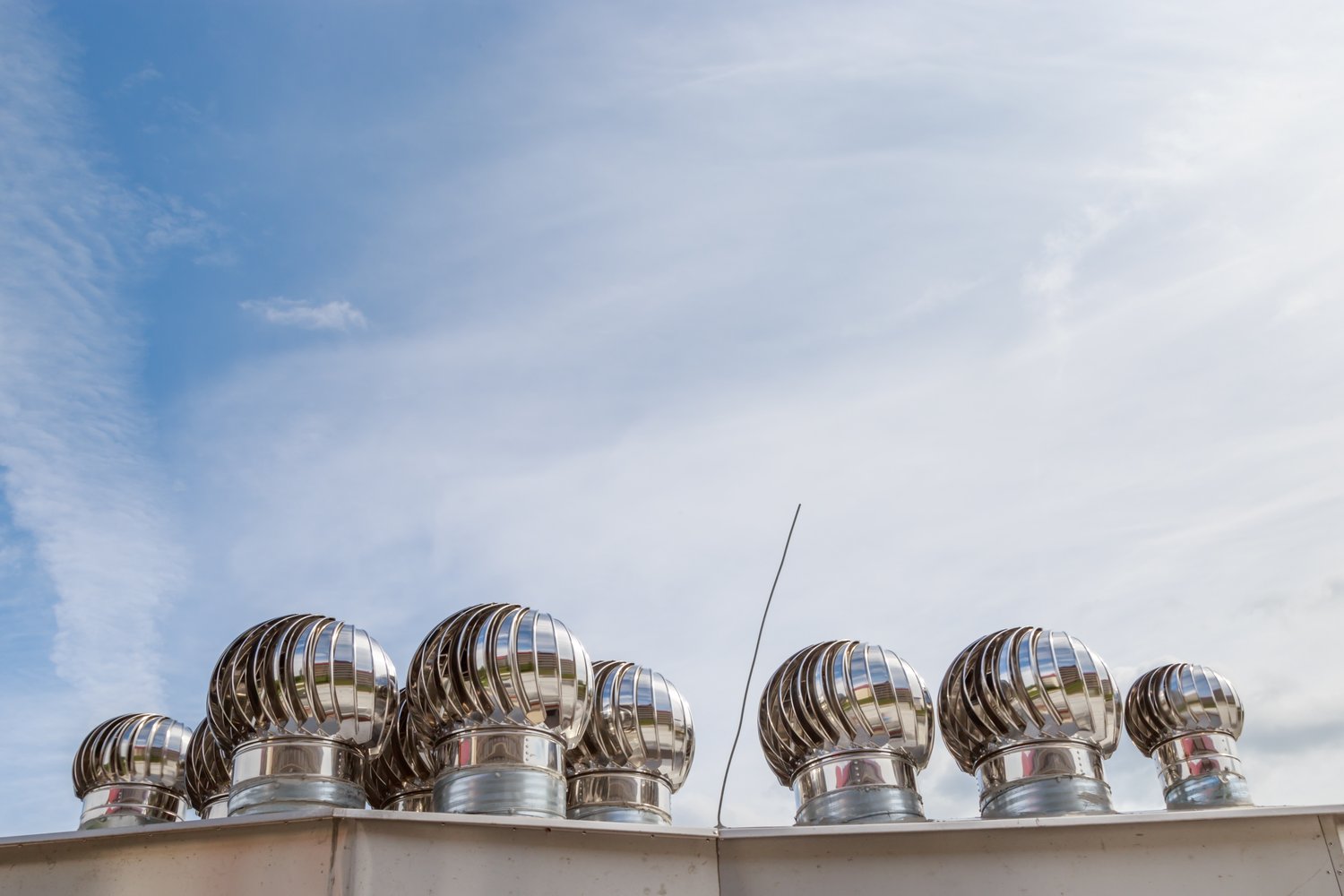Understanding air curtains and their benefits
Air curtains are innovative devices that create an invisible barrier of air. They separate indoor and outdoor environments effectively. These units are commonly installed above doorways in commercial buildings. Air curtains help maintain indoor temperature and reduce energy costs. They prevent the entry of dust, insects, and outdoor pollutants. The air stream produced by these devices can span up to 12 feet wide. Air curtains https://onninen.pl/en/products/Air-conditioning-and-ventilation/Ventilation/air-curtains come in various sizes and types to suit different applications.
One major advantage of air curtains is their ability to reduce heating and cooling losses. They can decrease energy waste by up to 80% in doorways. This translates to significant savings on utility bills for businesses. Air curtains also improve customer comfort by maintaining a consistent indoor temperature. They are particularly useful in high-traffic areas where doors are frequently opened. These devices operate silently, ensuring they don’t disrupt the ambient environment.
Installation of air curtains is relatively simple and cost-effective. They require minimal maintenance once installed. Air curtains can be integrated with existing HVAC systems for optimal performance. Some models come with remote control options for easy operation. The initial investment in air curtains is often recovered within 1-3 years through energy savings.
Exploring water curtains for specialized applications
Water curtains are specialized air curtain systems designed for unique environments. They are particularly effective in areas with high humidity or extreme temperatures. Water curtains https://onninen.pl/en/products/Air-conditioning-and-ventilation/Ventilation/air-curtains/Water-curtains use a fine mist of water in conjunction with airflow. This combination creates a more substantial barrier than standard air curtains.
These systems are commonly used in industrial settings and food processing plants. They help maintain hygiene standards by preventing the entry of contaminants. Water curtains can reduce airborne particles by up to 95% in some applications. The water mist also helps control temperature more effectively than air alone. This makes them ideal for refrigerated areas or hot industrial environments.
Installation of water curtains requires careful planning and professional expertise. They need a reliable water supply and proper drainage system. The water used in these curtains is often treated to prevent bacterial growth. Regular maintenance is crucial to ensure optimal performance of water curtains. Despite higher initial costs, they offer significant long-term benefits in specific industries.
Electric curtains for versatile climate control
Electric curtains are a popular choice for many commercial and industrial applications. They offer precise control over airflow and temperature regulation. These devices use electric heaters to warm the air stream as needed. Electric curtains https://onninen.pl/en/products/Air-conditioning-and-ventilation/Ventilation/air-curtains/Electric-curtains are available in various power ratings, from 3kW to 24kW.
One of the key advantages of electric curtains is their rapid response time. They can quickly adjust to changing conditions, maintaining comfort levels. These units are particularly effective in colder climates or during winter months. Electric curtains can reduce heating costs by up to 30% in some buildings. They also help prevent cold drafts, improving overall indoor comfort.
Installation of electric curtains is straightforward and requires minimal structural changes. They can be easily integrated with building management systems for automated control. Many models come with adjustable fan speeds and heating levels. This allows for customized operation based on specific needs. Electric curtains typically have a lifespan of 10-15 years with proper maintenance.
Integrating air curtains with air conditioning and ventilation systems
Air curtains work best when integrated with broader air conditioning and ventilation systems. This holistic approach ensures optimal climate control throughout a building. Air conditioning and ventilation https://onninen.pl/en/products/Air-conditioning-and-ventilation systems manage indoor air quality and temperature. When combined with air curtains, they create a comprehensive climate management solution.
Proper integration can lead to energy savings of up to 40% in some buildings. It allows for more efficient use of heating and cooling resources. The air curtain acts as a first line of defense against outdoor air infiltration. This reduces the load on the main HVAC system, improving its efficiency and lifespan.
To achieve optimal integration, professional assessment and design are crucial. Factors such as building layout, door usage, and climate must be considered. Modern building management systems can coordinate these components effectively. This ensures seamless operation and maximizes energy efficiency. Regular maintenance of all components is essential for long-term performance and savings.





